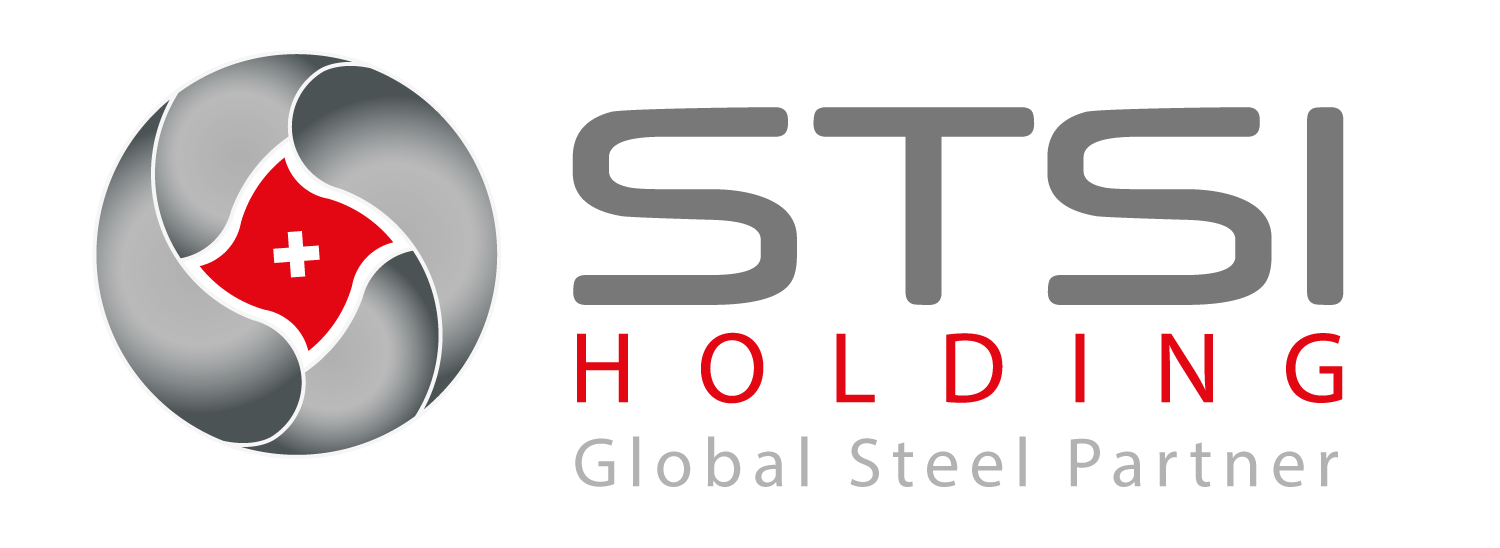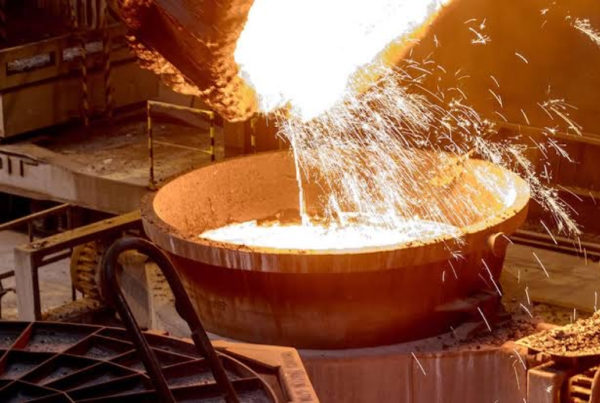

Sentiment across the German steel market has improved with further upticks in prices expected in coming weeks, while output was expected to increase, albeit at a slower level, according to the monthly German steel sentiment survey by S&P Global Platts.
In the survey of German producers, distributors, traders and end-customers, conducted at the beginning of this month, the index for steel price development was at 77, indicating fairly strong expectations of an increase (an index of 50 indicates stability).
The distribution sector was the most bullish, with the price development index among that group at 81, while producers and end-buyers were both at 75.
The Platts TSI hot-rolled coil and rebar indices increased around Eur70/mt ($82/mt) and Eur20/mt, respectively, over the past three months as industrial activity picked up from the height of the first wave of the pandemic.
Participants expected steel production to see an uptick as well, with the index including all groups at 71. Notably, producers and distributors were the most bearish at 69, with end-buyers at 75.
“It is not possible to ramp up quickly. It will take several months,” a German-based mill source said, adding that was the case for blast furnace-operated steel production.
Data from German steel association WV Stahl showed crude steel production dropped sharply for the fourth consecutive month in July to levels last hit during the financial crisis, posting a 25% year-on-year fall to 2.4 million mt.
However, mills have said they were looking to ramp up slowly in late summer/early autumn, in line with demand.
The index for inventory level development at 38 suggested stock levels would fall, while the distribution sector itself however suggested a mostly stable level at 56. Producers and end-buyers, however, expect decreases as the index was calculated at 31 and 25, respectively.
As tightness of material remained persistent amid production cuts at mills, sources said it would be difficult to stock up, particularly coils products with lead times stretching into late Q4 or even Q1 2021.
Source: Platts



